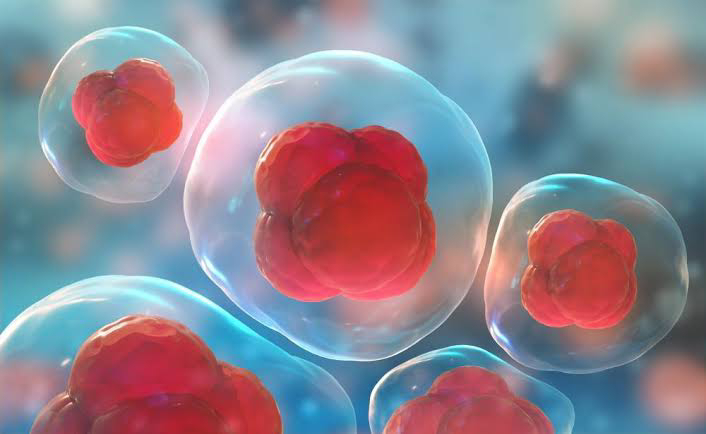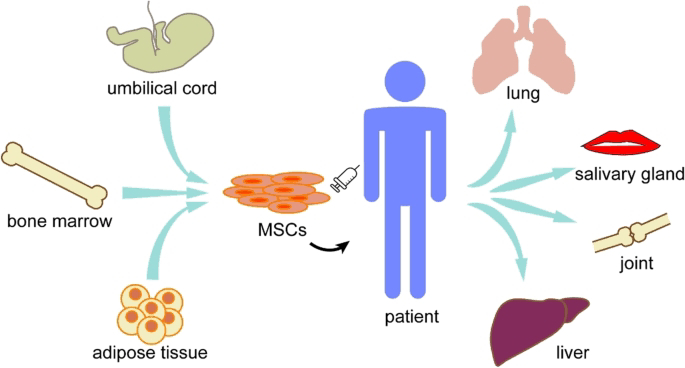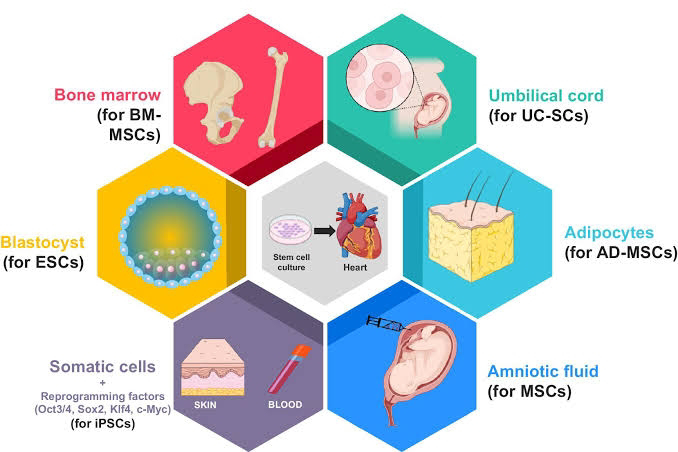Stem Cell Therapy Research
Recent advancements in stem cell technology offer new hope for patients with diseases and conditions that currently lack effective treatments. Stem cell therapies, particularly those involving human pluripotent stem cells (hPSCs) and multipotent mesenchymal stem cells (MSCs), have become important in the field of regenerative medicine.
hPSCs are unique because they can renew themselves and transform into almost any cell type in the body, including cells from all three major tissue types. MSCs, on the other hand, are specialized cells that can renew themselves to some extent and can develop into various types of tissue, particularly those like bone, cartilage, and fat, as recognized by the International Society for Cell and Gene Therapy (ISCT). This review highlights recent clinical applications using either hPSCs or MSCs derived from bone marrow, adipose (fat) tissue, or umbilical cord tissue to treat various human diseases. These include neurological disorders, lung problems, metabolic and hormonal diseases, reproductive issues, skin burns, and heart conditions.
Stem cell-based therapy is a key area of regenerative medicine that aims to boost the body's natural repair systems. This can be done by either stimulating the body's own stem cells or by adding new ones to help maintain and regenerate tissues. Stem cells are special because they can renew themselves and turn into different types of cells. Since their discovery, they've been the focus of many research and clinical studies, showing promise as powerful tools for treating various conditions.
Stem cell-based therapy: Clinical Applications
Stem cell therapy offers potential benefits for a variety of diseases, including:
- Cardiovascular Diseases: Stem cells may help repair damaged heart tissue and improve heart function after events like heart attacks.
- Gastrointestinal Diseases: They could support the healing of the digestive tract, helping to manage conditions like Crohn's disease or ulcers.
- Liver Diseases: Stem cells might aid in regenerating liver tissue, potentially benefiting people with liver damage or diseases like cirrhosis.
- Arthritis: They could help reduce inflammation and repair joint damage, offering relief from pain and stiffness.
- Cancer Treatment: In cancer, stem cells might be used to restore healthy blood cells after chemotherapy or to target and destroy cancerous cells.









Comments
Post a Comment